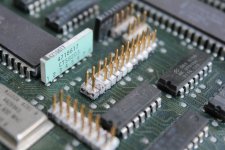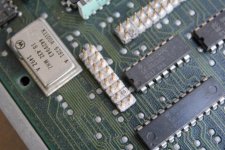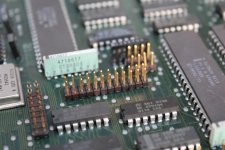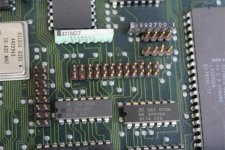Shadow Lord
Veteran Member
So while doing repairs on my 5322 I ran across this:


Initially I thought that the jumpers had a white plastic base that was breaking apart but it turns out it is actually a white coating on the jumpers:


So what do we have here? Fungus, a baby Crystalline Entity, or something else entirely?


Initially I thought that the jumpers had a white plastic base that was breaking apart but it turns out it is actually a white coating on the jumpers:


So what do we have here? Fungus, a baby Crystalline Entity, or something else entirely?
